Fitting the Pieces: The True Cost of the Loewe Mini Puzzle Bag

When it comes to luxury handbags, the Loewe Mini Puzzle Bag stands out as a true icon. It’s not just another bag; it’s a statement piece, known for its playful geometric design and vibrant color palette. As a leather enthusiast and someone passionate about understanding the true value behind luxury goods, I couldn't resist the urge to get hands-on with this bag. Today, I’m going to open it up, cut it apart, and dive deep into its construction, materials, and overall value.
DISCLAIMER: This is an UNSPONSORED review. I purchased all of these products myself and am not affiliated with the brand mentioned in any way. All statements and expressions made about the products are solely the opinion of Tanner Leatherstein and are not meant to be conclusive or definitive. The purpose of this video is for informational and educational purposes only. We recommend that as a consumer, you exercise your due diligence and research on the products before adopting the opinion of Tanner Leatherstein.
First Impressions: A Playful Puzzle
The Loewe Mini Puzzle Bag isn’t what you’d call a traditionally structured bag. It’s soft and flexible, yet its design is a masterclass in geometry. The puzzle-like construction is immediately eye-catching, with each piece of leather fitting together perfectly to create a cohesive, visually appealing piece.
The leather selection on this bag is undeniably exquisite. Loewe has opted for a soft, tumbled calfskin that feels luxurious to the touch. It’s a type of leather that immediately draws you in with its buttery softness, but I couldn’t help but wonder how well it would hold up over time. Without much internal support or structure, the bag’s ability to maintain its form is questionable. It feels like handling a delicate puzzle, where every piece must be perfectly aligned to keep its shape.
The Acetone Test: Uncovering the Finish
To get a better understanding of the leather’s finish, I performed an acetone test. This test helps to reveal how much, if any, finish has been applied to the leather. As I suspected, there isn’t much finish on this bag. While there is a pigmented finish, it’s minimal at best.
This minimal finish has its pros and cons. On one hand, it allows the natural beauty and texture of the leather to shine through. On the other hand, it means the bag isn’t going to be very resistant to water or scratches. You’ll need to be extra careful with this bag, keeping it clean and protected if you want it to maintain its pristine appearance. This is the kind of leather that will age and develop a patina over time, which can be beautiful, but it also means it will show wear more readily.
The Ash Test: Analyzing the Tannage
Next, I conducted an ash test to delve deeper into the tanning process used for this leather. The results suggest that this could be one of those metal-free, synthetic tannages. This type of tannage is becoming increasingly popular in the industry, particularly as brands and consumers become more conscious of environmental impacts. Metal-free tanning processes are often touted as being more eco-friendly, though they can sometimes result in a different feel or durability compared to traditional tanning methods.
Leather and Cost Estimate: Crunching the Numbers
Now, let’s talk numbers. When I look at this bag, I see about five square feet of calfskin in front of me. It’s high-quality leather, and I would estimate the cost of the leather alone to be around $50. However, the real cost driver here isn’t just the materials—it’s the craftsmanship.
The design of the Loewe Mini Puzzle Bag is incredibly complex. Each piece of leather has to be cut and sewn together with precision, making it a labor-intensive process. I estimate that it would cost around $120 just to put the bag together, including the accessories like hardware and lining. All in all, my rough estimate to produce a similar bag, considering both materials and craftsmanship, comes to about $170.
Now, here’s the kicker: I paid $2,450 for this bag. When you compare my estimate of $170 to the retail price, it’s clear that a significant portion of what you’re paying for is the brand name and the status that comes with it. Loewe, like many luxury brands, commands a premium for its reputation, design, and heritage.
But is it worth it? That depends on what you’re looking for. If you’re after good leather, solid construction, and a unique design, you might find more affordable options in a similar style from other brands. However, if the status and prestige of owning a Loewe bag are important to you, then the premium price might be justified.
Conclusion: A Puzzle Worth Solving?
Cutting open the Loewe Mini Puzzle Bag was both a revealing and rewarding experience. It’s a beautifully crafted bag with top-notch materials, but it also serves as a reminder of the significant markup associated with luxury branding. For some, the allure of the Loewe name and the unique design are enough to justify the price. For others, it may be worth exploring other options that offer similar quality and design at a fraction of the cost.
In the end, the decision to invest in a bag like this comes down to your personal values and priorities. Whether you’re in it for the craftsmanship, the design, or the status, the Loewe Mini Puzzle Bag is undeniably a piece of luxury—one that’s as much about the experience of owning it as it is about the bag itself.




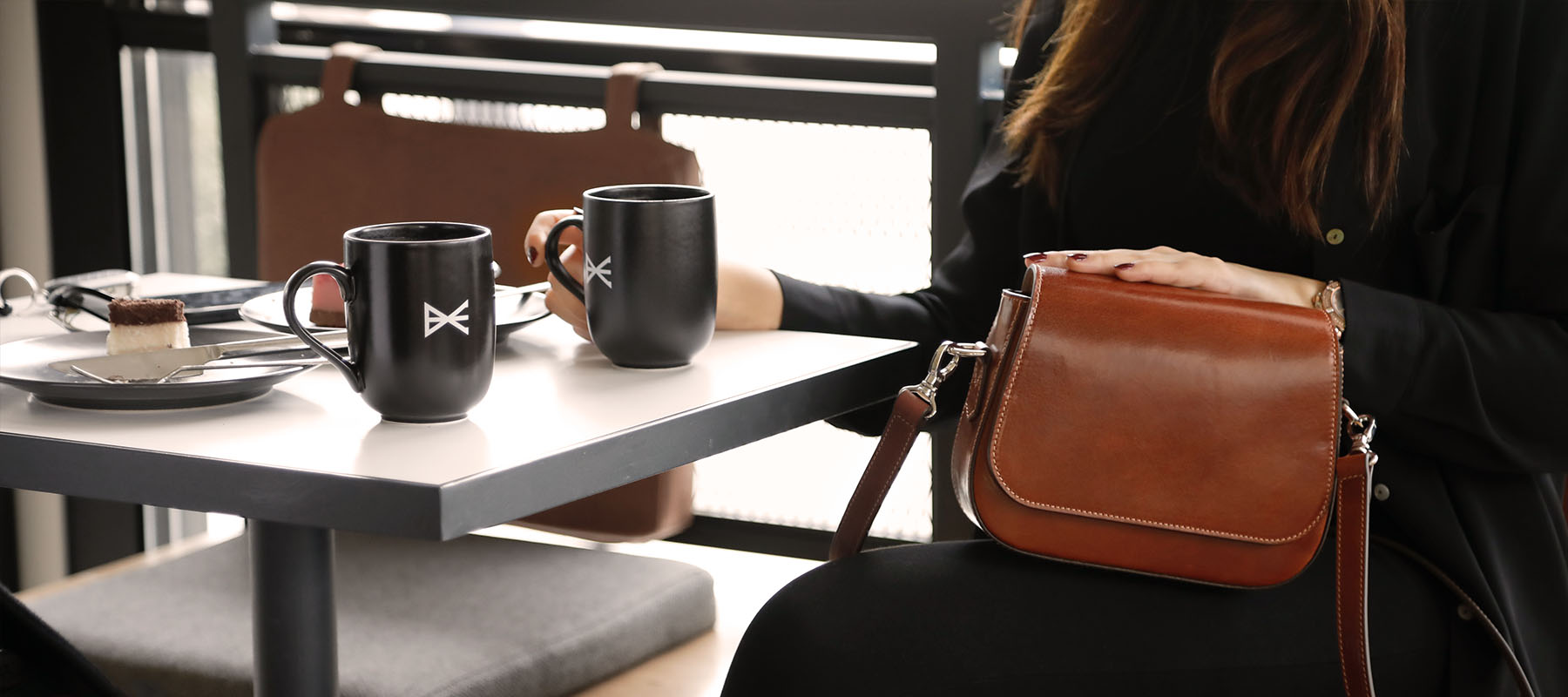
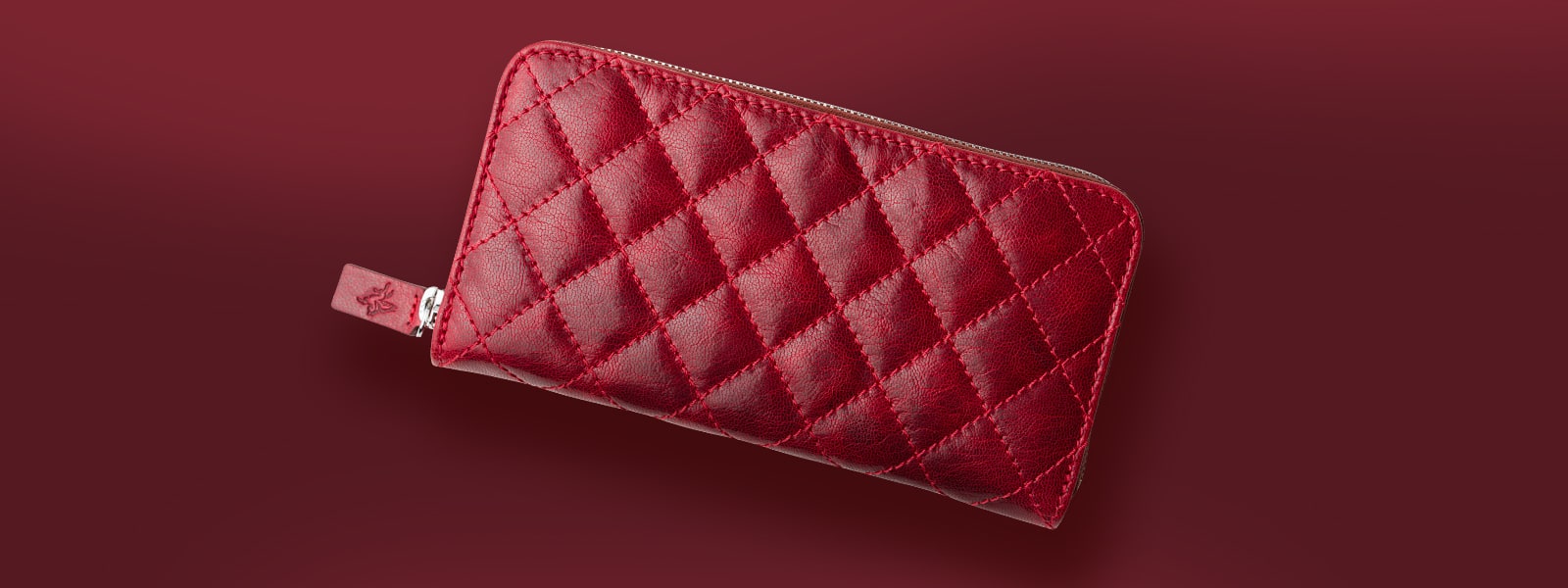
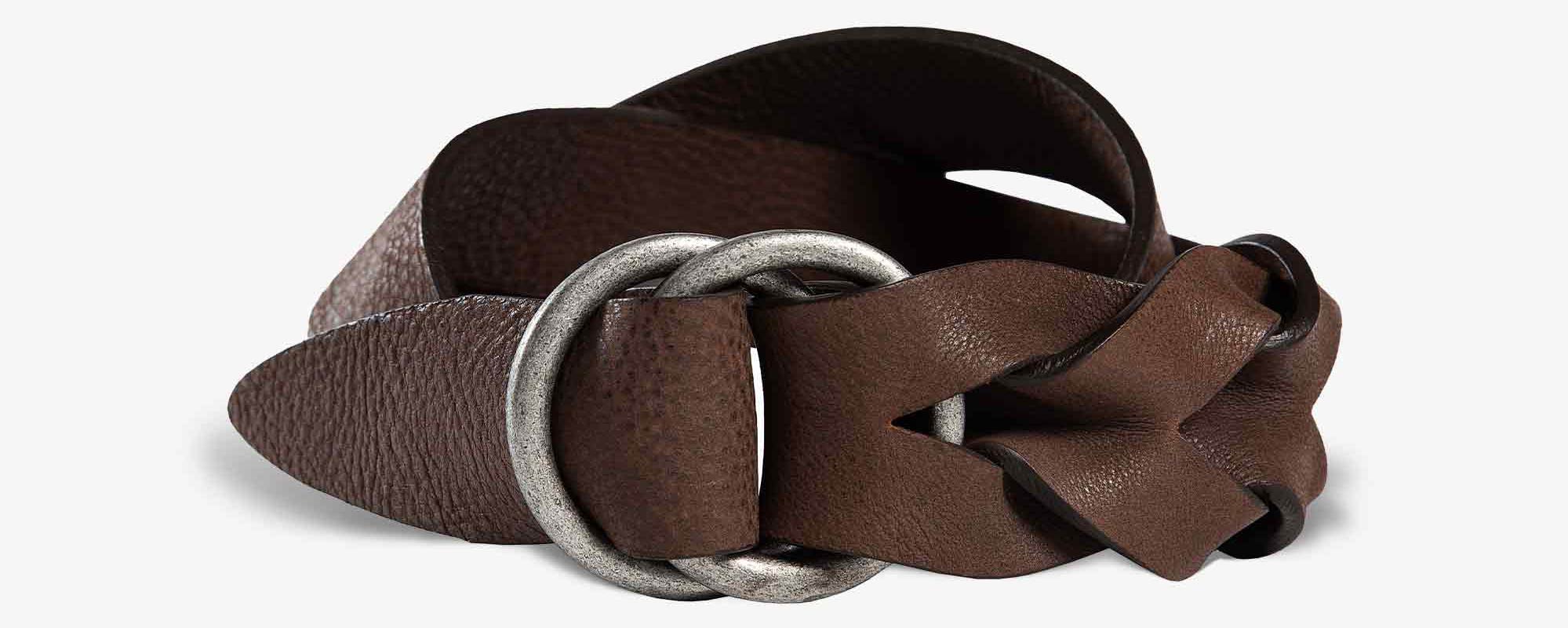
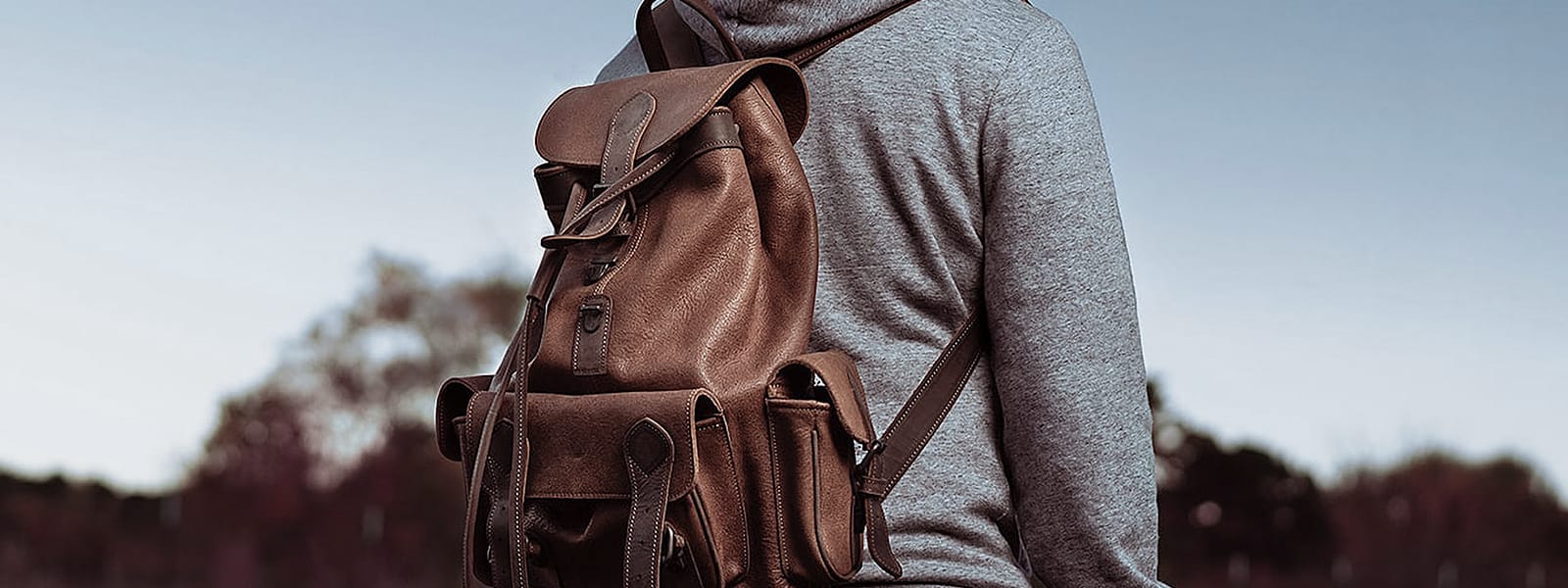
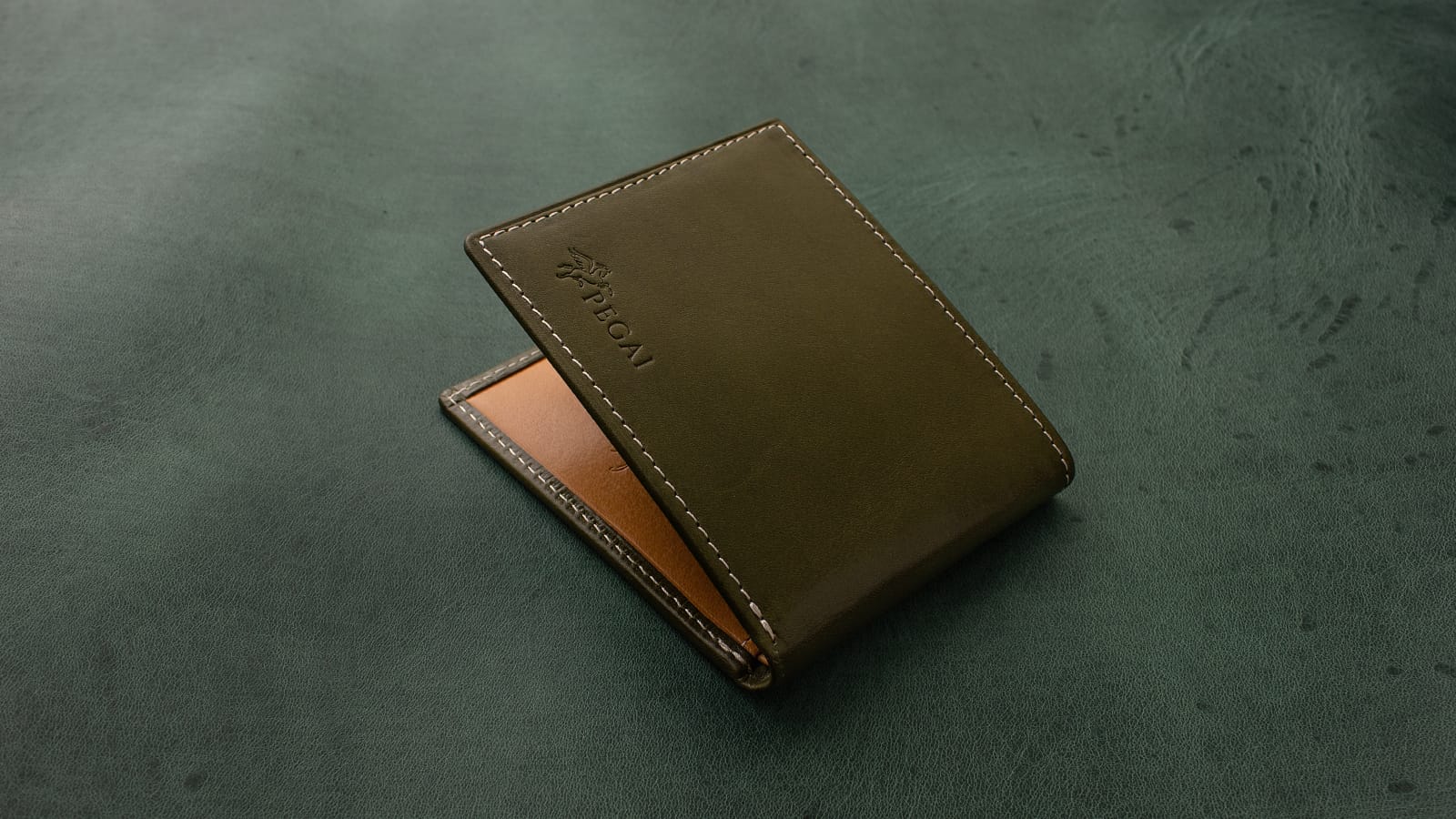
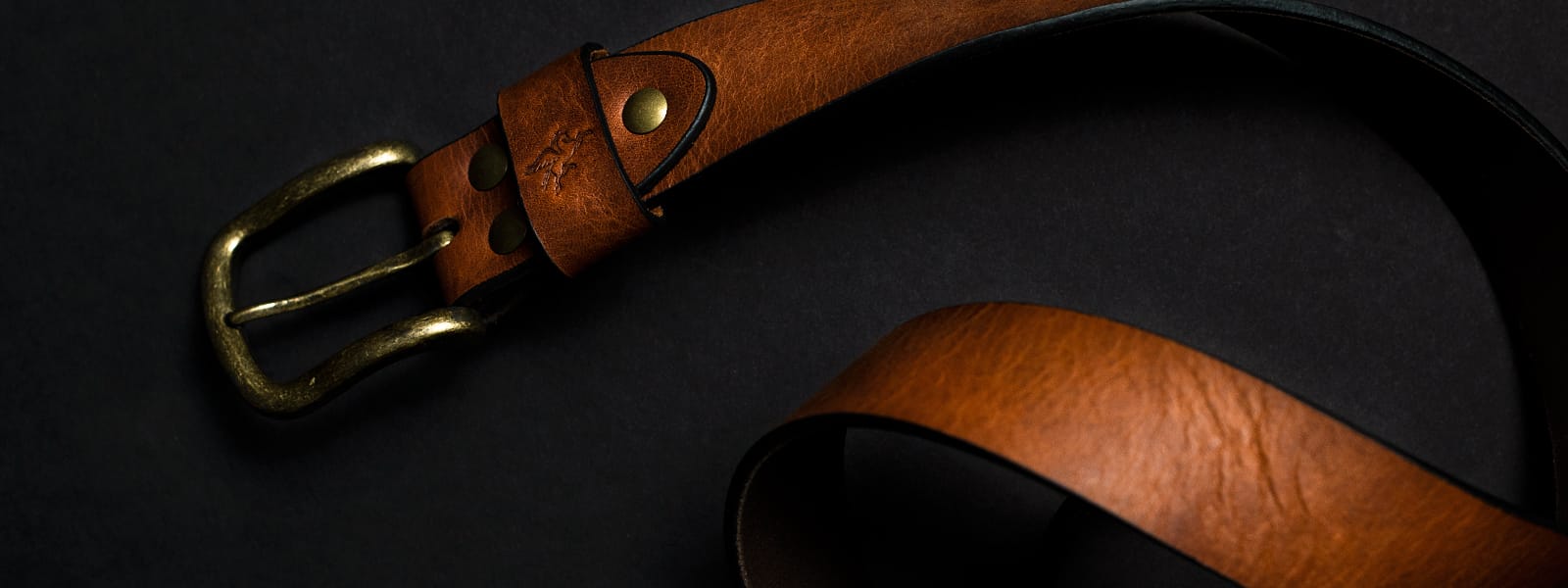

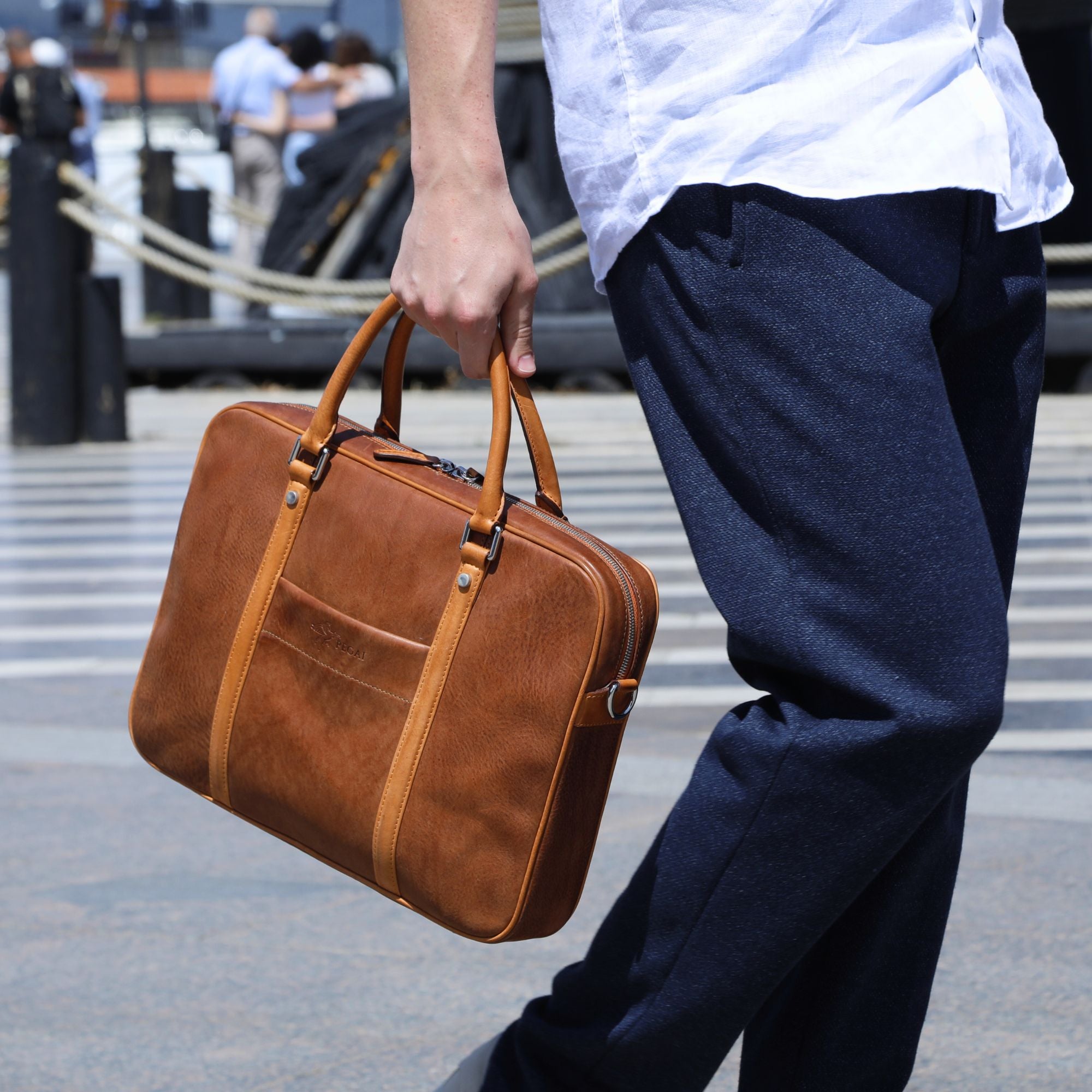
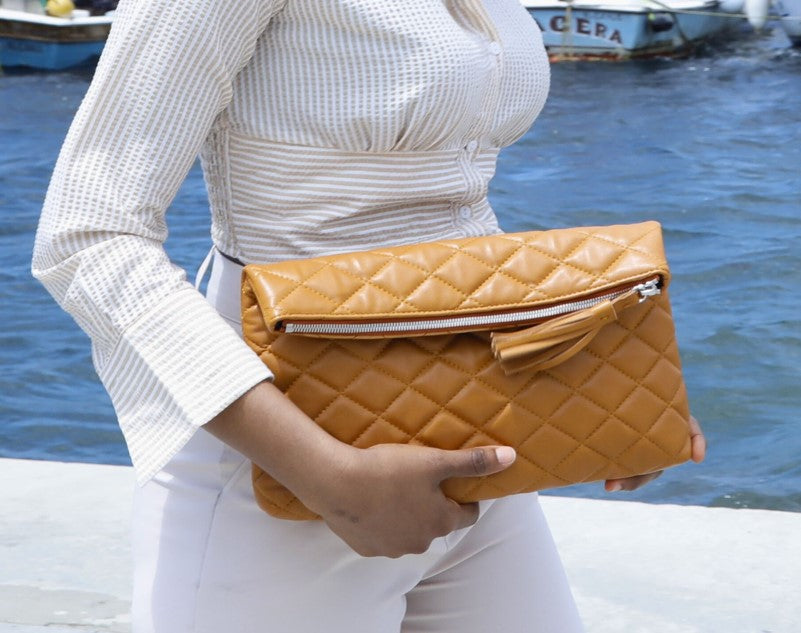
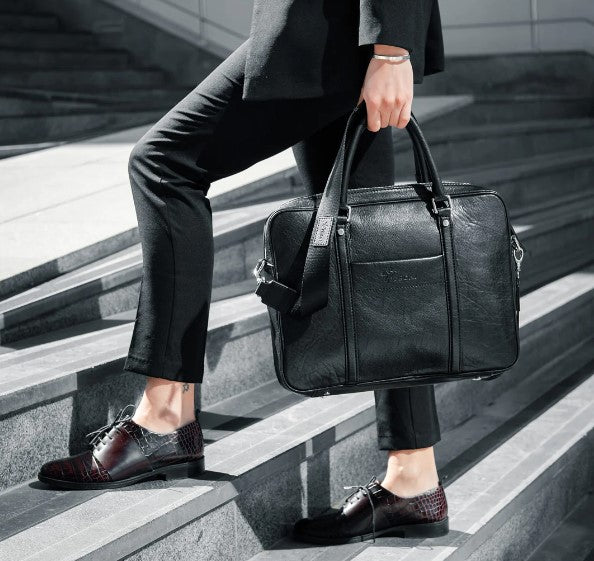
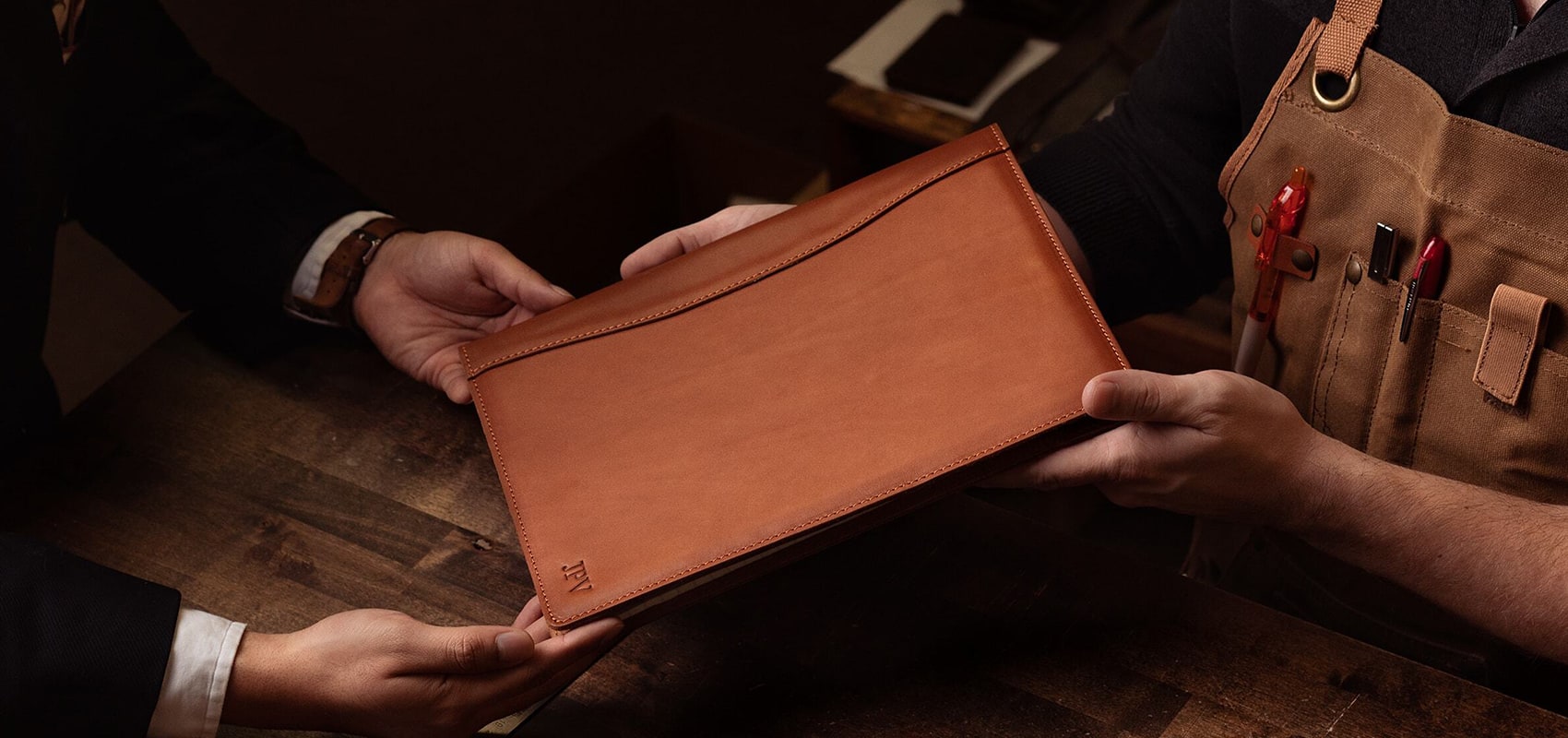
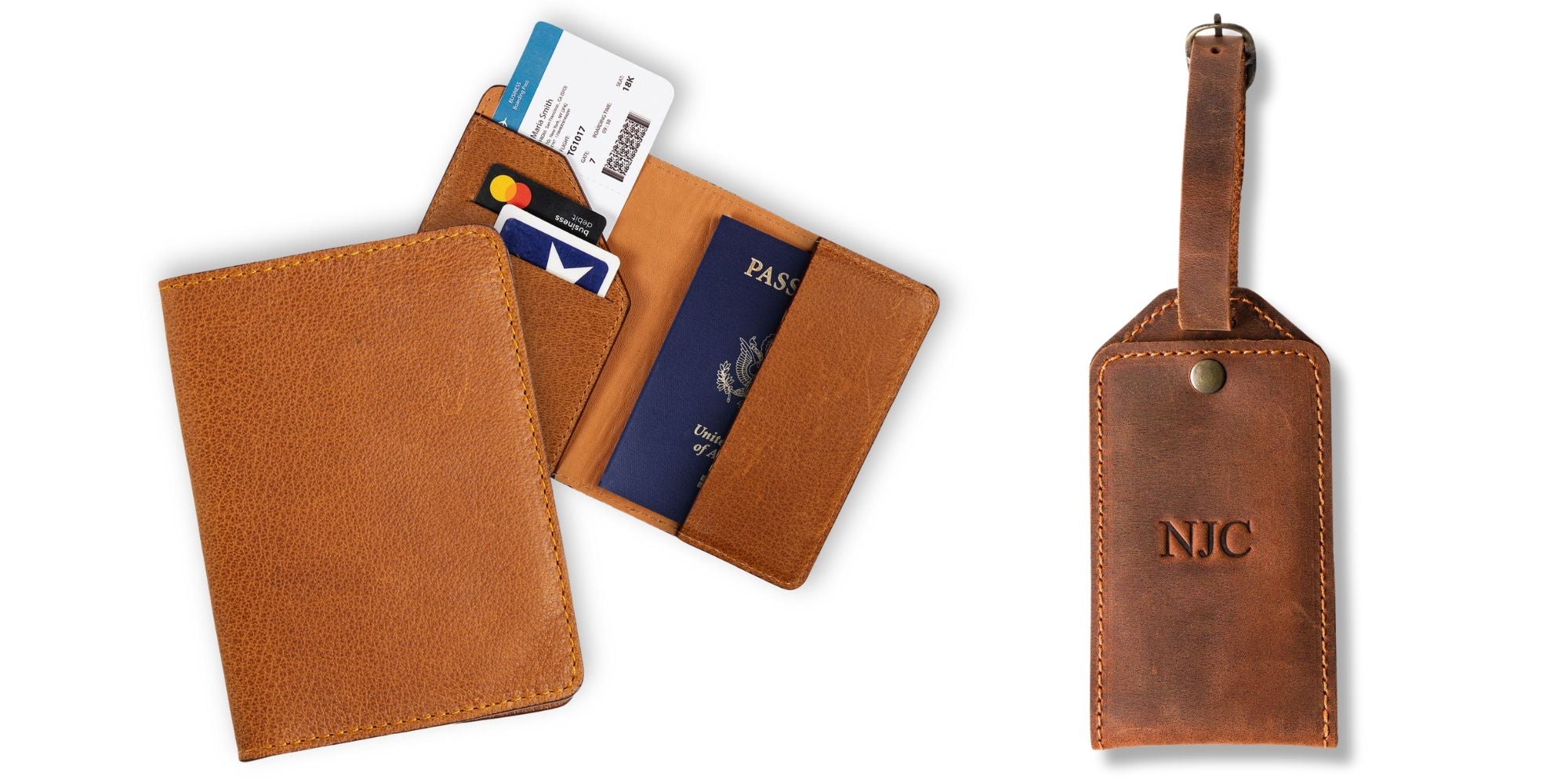
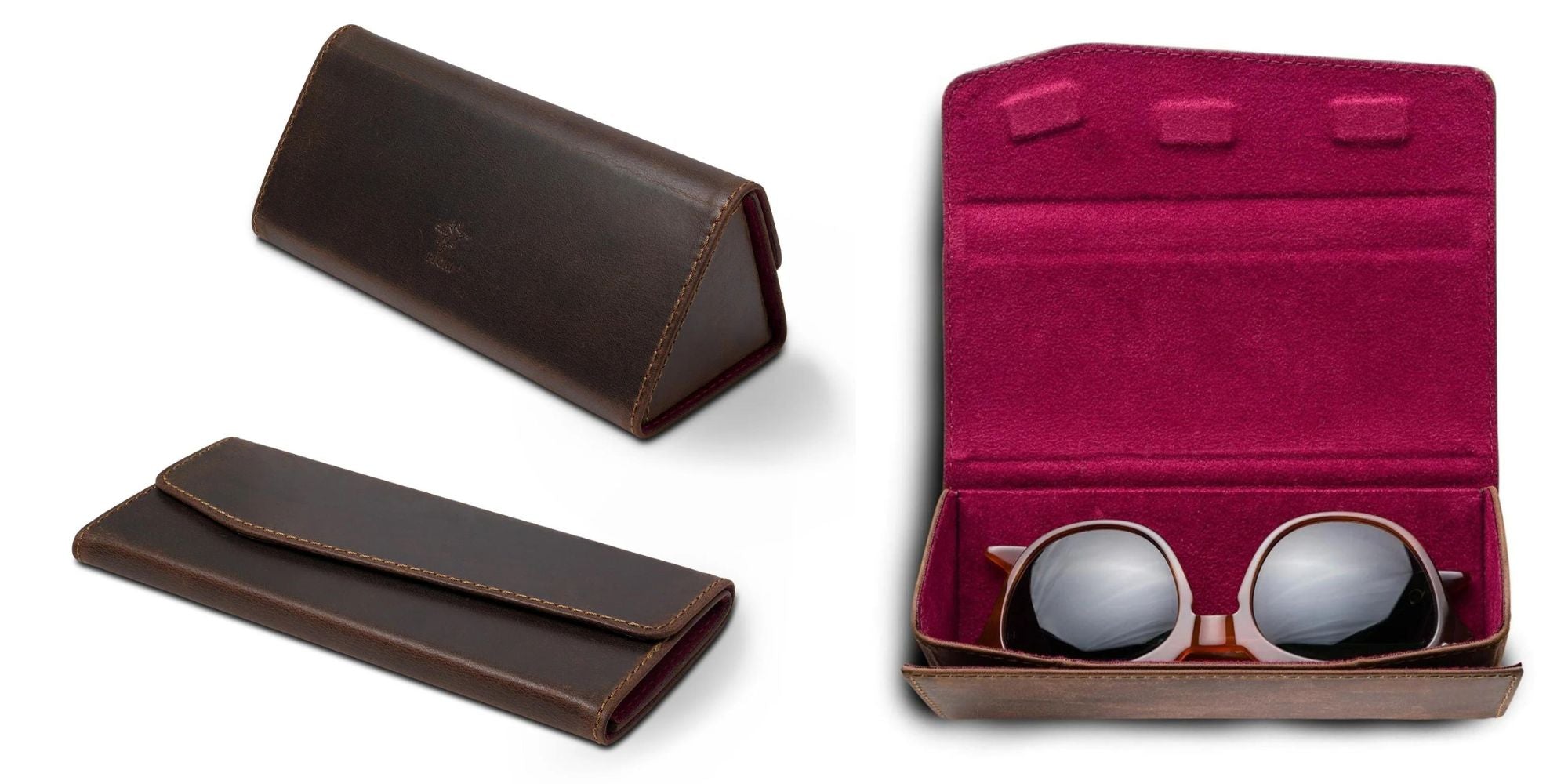








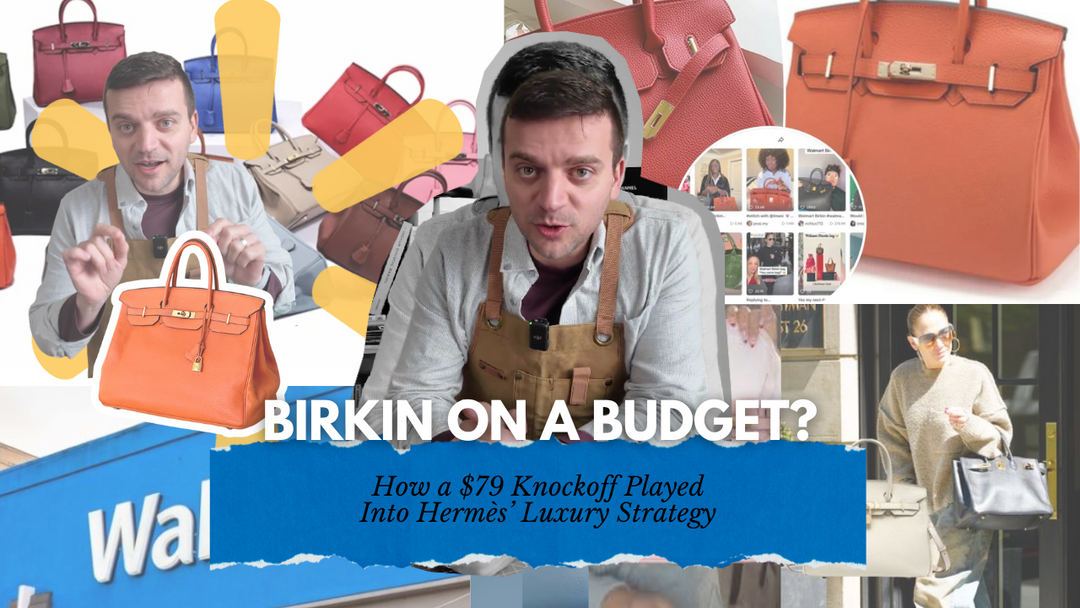
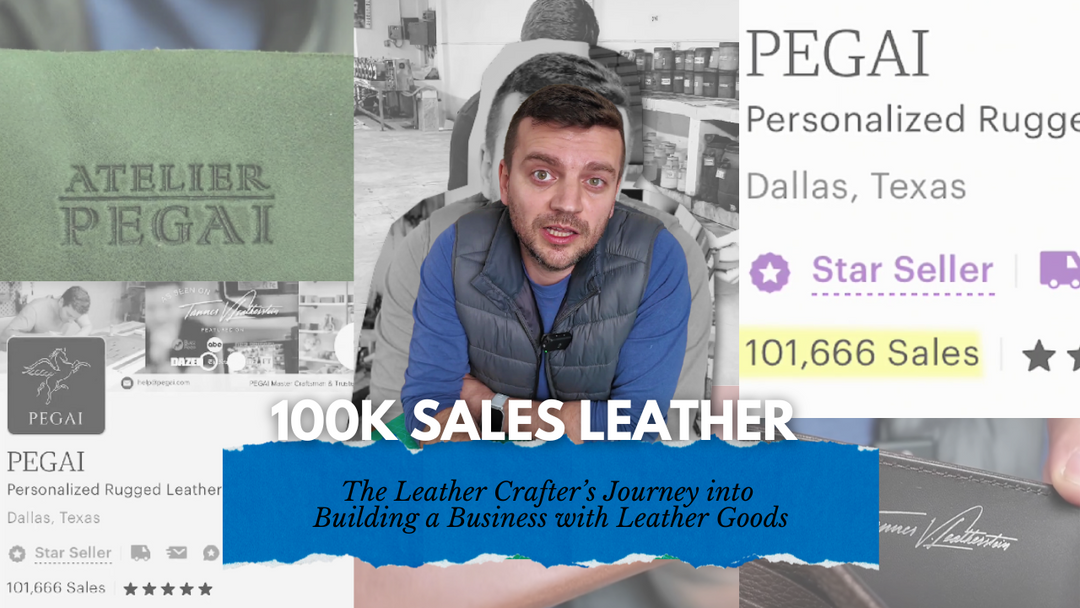
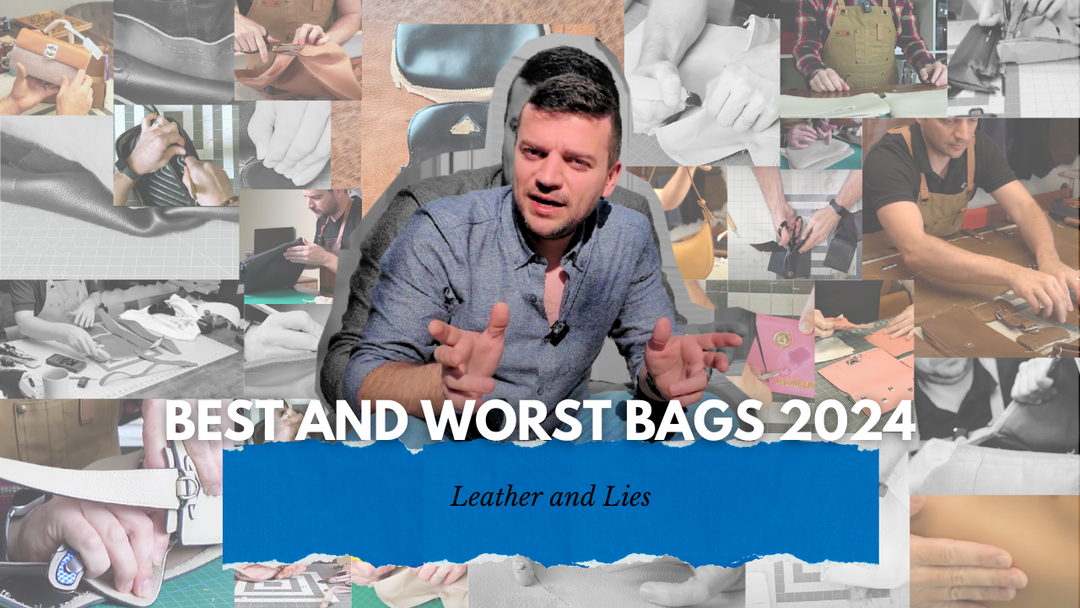
Leave a comment